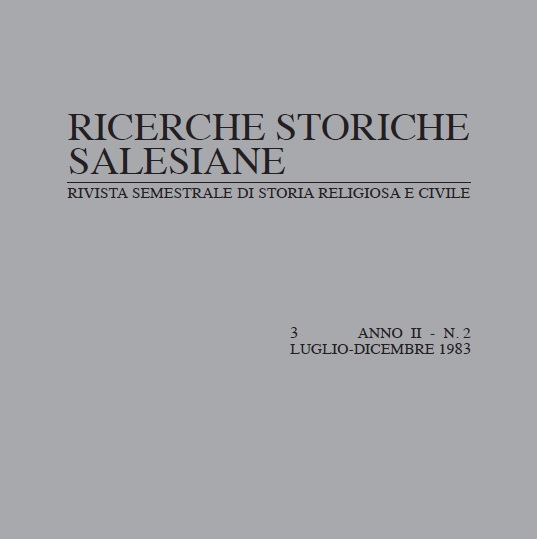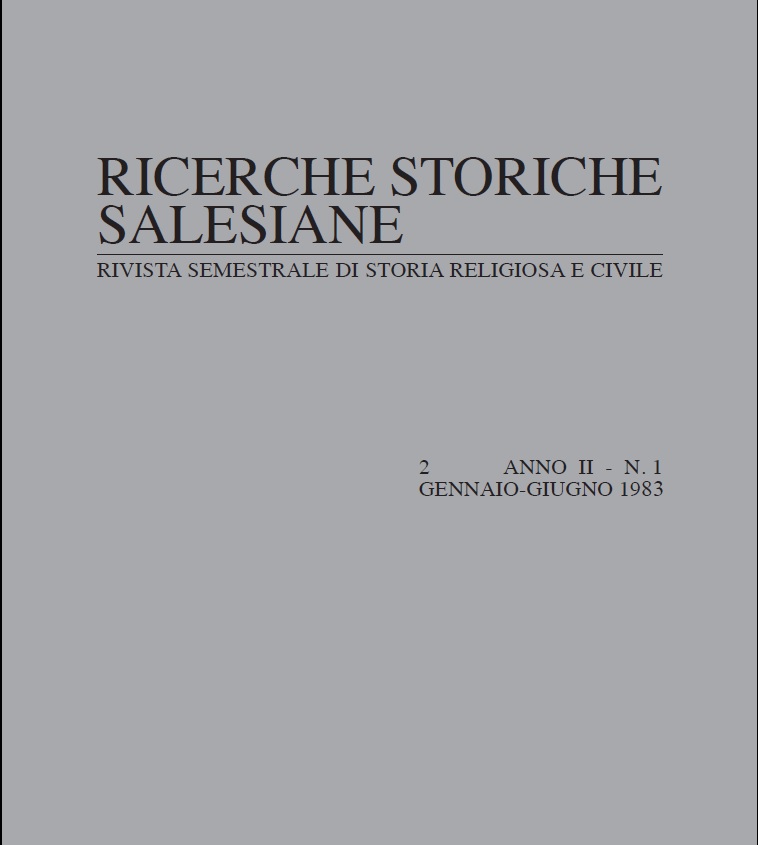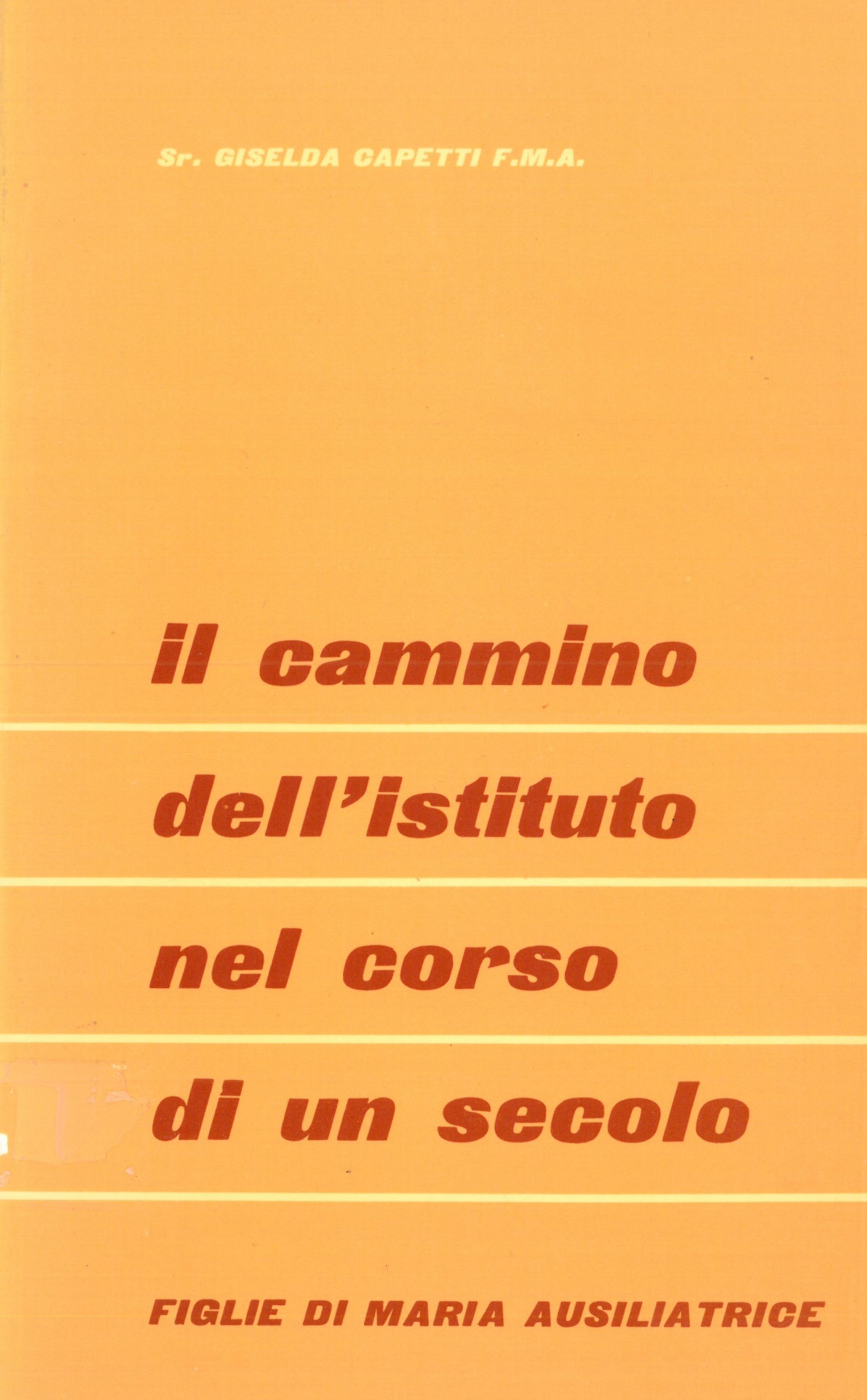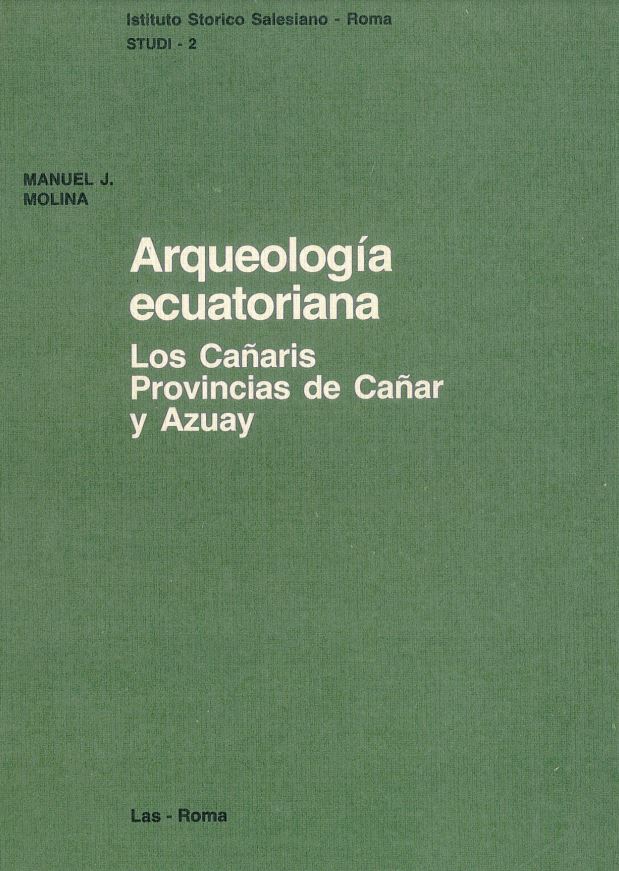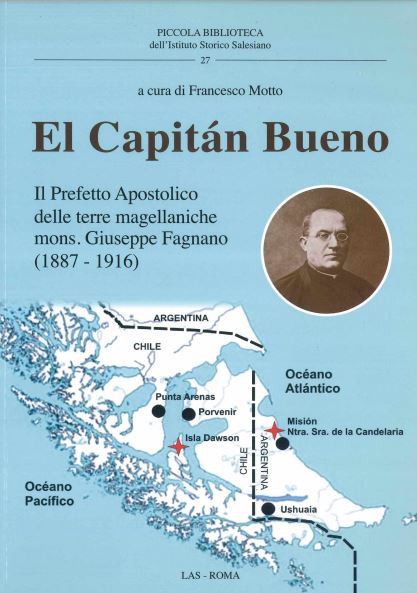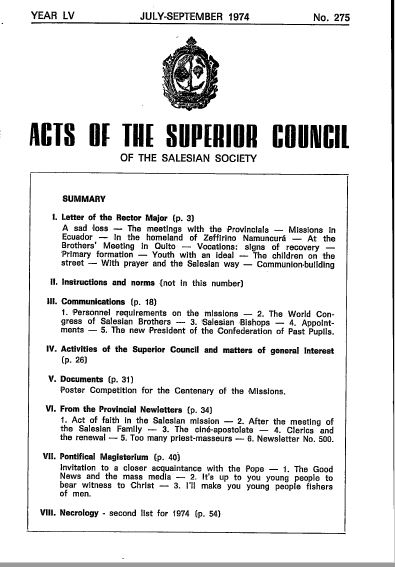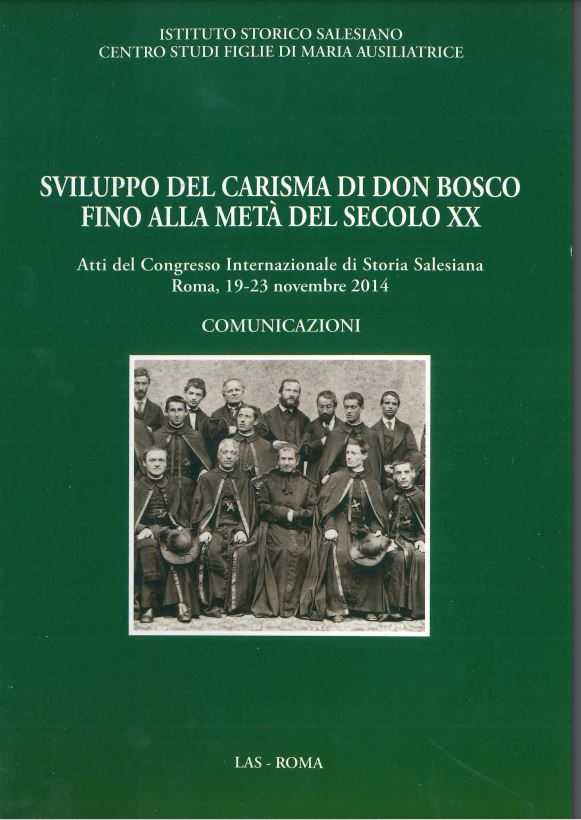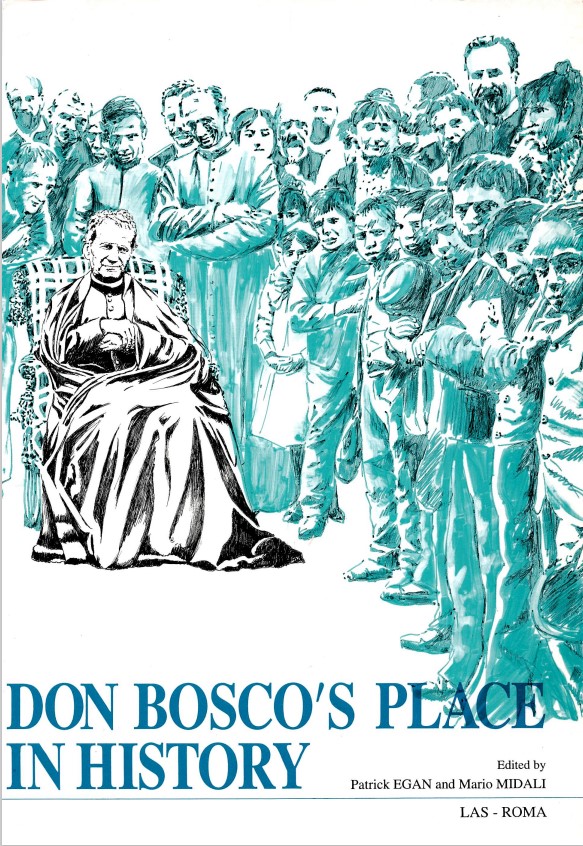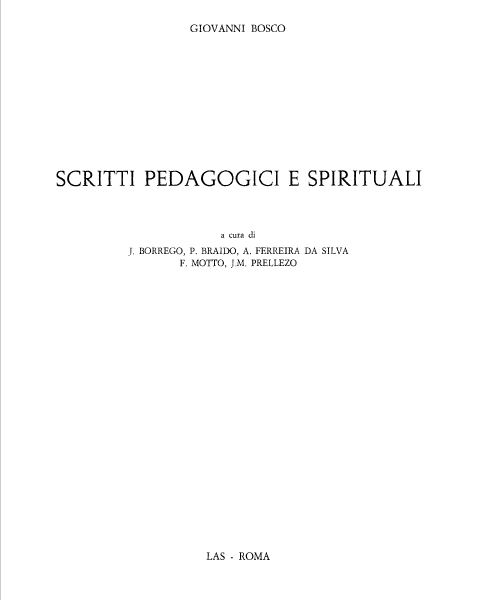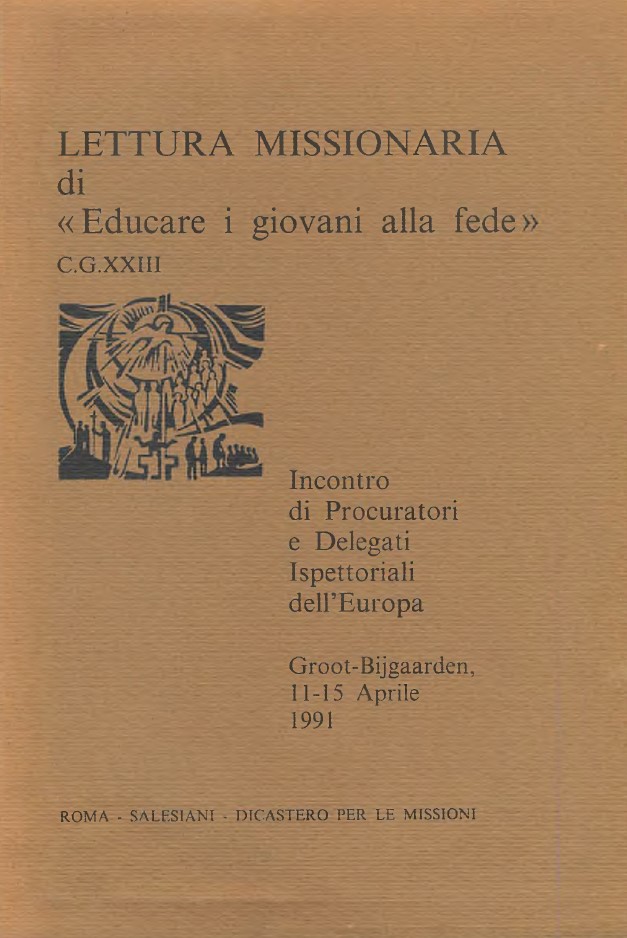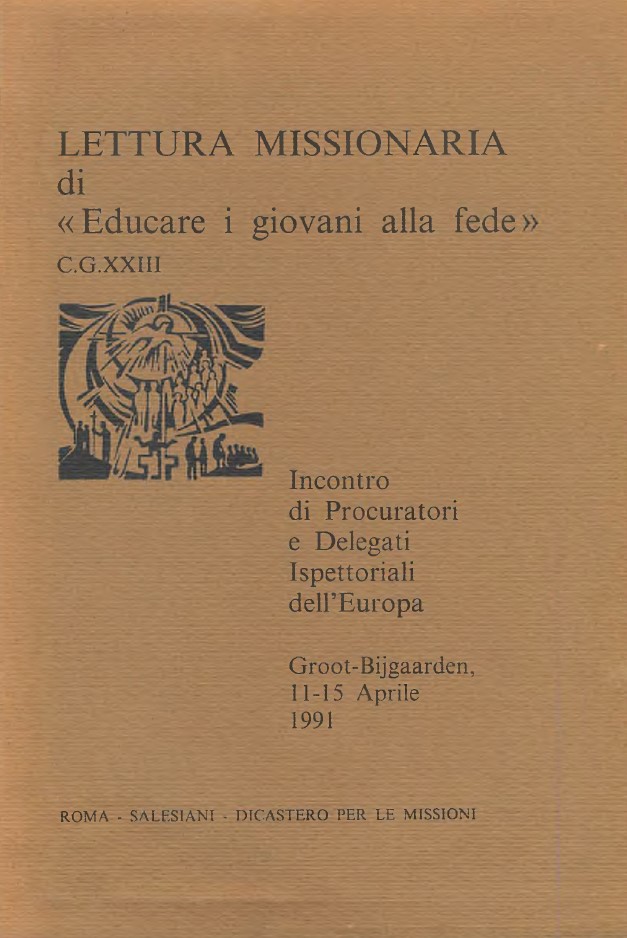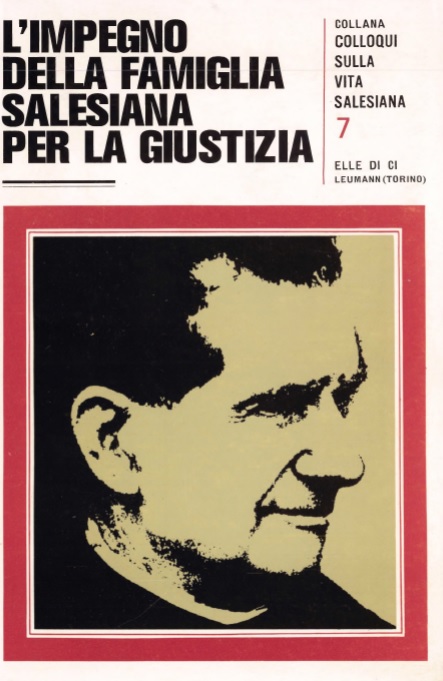Cento anni fa, ed esattamente il 18 settembre 1916, moriva a 72 anni a Santiago del Cile mons. Giuseppe Fagnano, per 33 anni Prefetto Apostolico della Patagonia meridionale, delle isole della Terra del Fuoco e delle isole Malvine. La sua figura di sacerdote, salesiano, missionario, esploratore, imprenditore, si staglia come personaggio di un rilievo tale da risultare non solo
uno dei protagonisti della storia della società salesiana e delle terre patagoniche fra ottocento e novecento, ma anche soggetto di riferimento della letteratura argentino-cilena, magellanica in particolare, incentrata sulle tematiche della lotta per il possesso del territorio, lo sterminio degli indios, l’avventuriero in cerca di fortuna, il missionario evangelizzatore tra mille difficoltà, l’immigrato portatore di progresso e civiltà.
Continue reading “Francesco Motto – El Capitàn Bueno. Il Prefetto Apostolico delle terre magellaniche mons. Giuseppe Fagnano (1887-1916)” →
